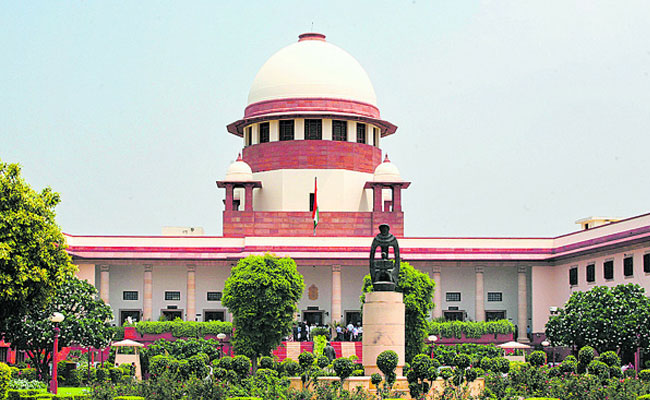Supreme Court simplifies procedure for passive euthanasia
Sakshi Education

- The Supreme Court on Tuesday modified its 2018 order on passive euthanasia to make the procedure of removal of life support from terminally ill patients less cumbersome for the patients, their families and the doctors. The Supreme court removed the condition that mandated a magistrate's approval for withdrawal or withholding of life support to a terminally ill.
- A five-judge Constitution bench headed by Justice KM Joseph said, the document will now be signed by the executor of the "living will" in the presence of two attesting witnesses, preferably independent, and attested before a notary or Gazetted Officer. The bench also said, the witnesses and the notary shall record their satisfaction that the document has been executed voluntarily and without any coercion or inducement or compulsion and with a full understanding of all the relevant information and consequences.
- A living will also known as an advance directive is a legal document that specifies the type of medical care that an individual does or does not want in the event they are unable to communicate their wishes.
- Euthanasia is the act of deliberately putting an end to a person’s life in order to eliminate pain or suffering.
- The Supreme Court’s 2018 order on passive euthanasia wherein it recognised the right to die with dignity as a fundamental right and an aspect of Article 21 (right to life).
>> Download Current Affairs PDFs Here
Download Sakshi Education Mobile APP

Published date : 27 Jan 2023 03:33PM




















